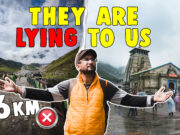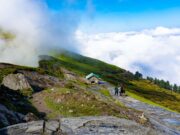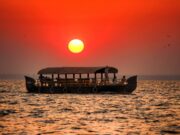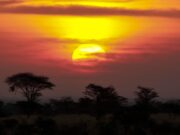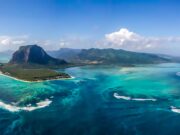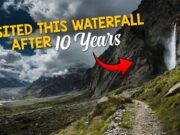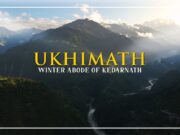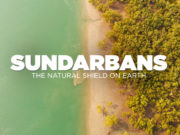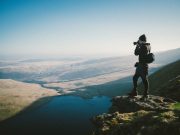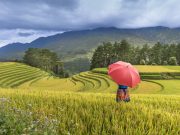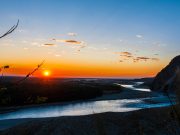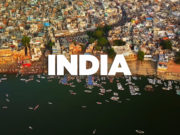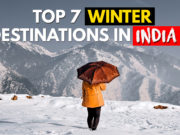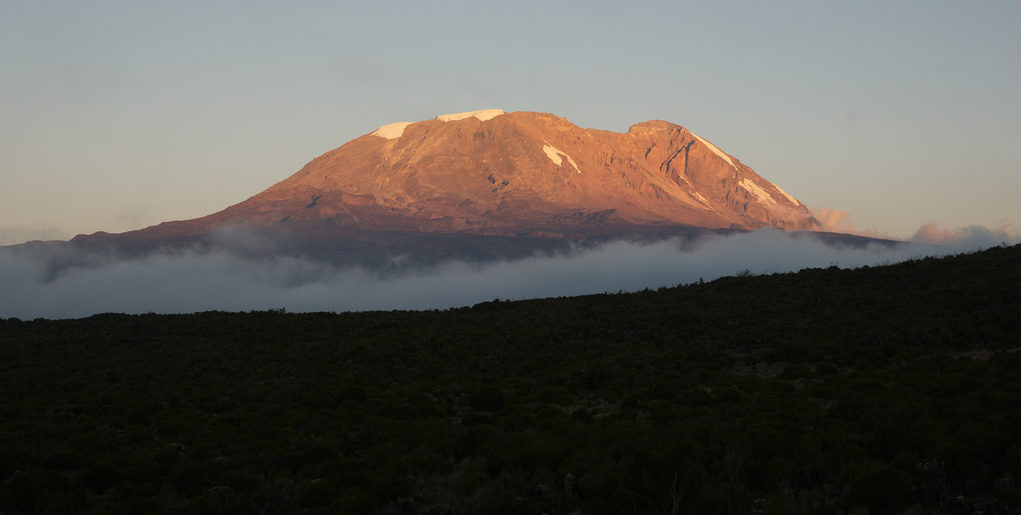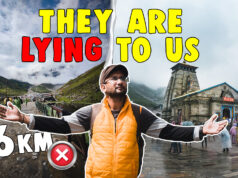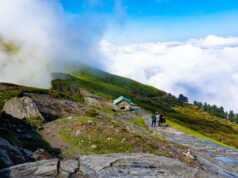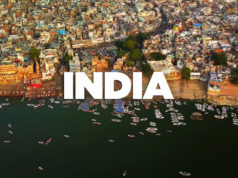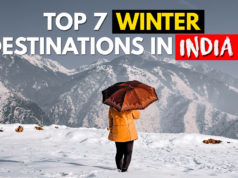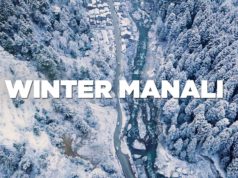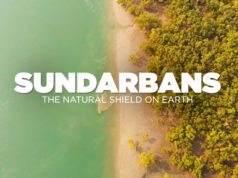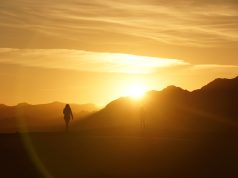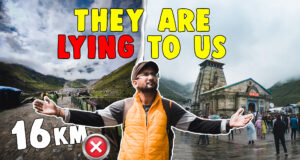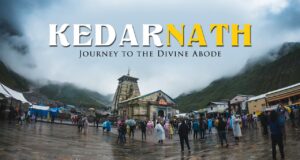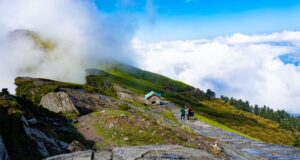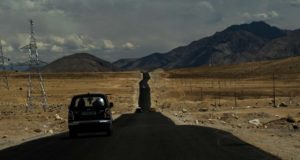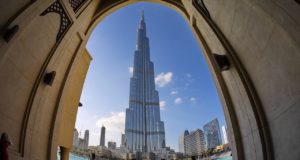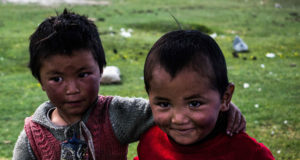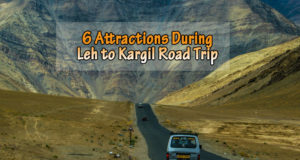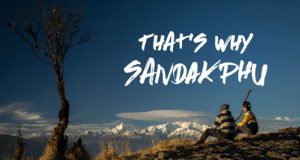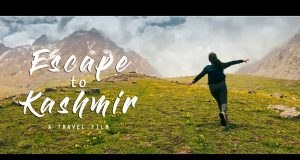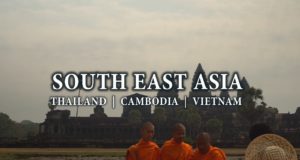Which route would you choose when you plan a trek to Kilimanjaro? Selecting a route to the Mount Kilimanjaro is indeed a tough choice for most trekkers.
There are many factors that one needs to consider when trekking to the Kilimanjaro, Tanzania and these are – the route’s scenery, the foot traffic, the degree of difficulty and the minimum altitude of acclimatization that one needs.
Read also: Know The First Indian to Cross Sahara Desert By Cycling
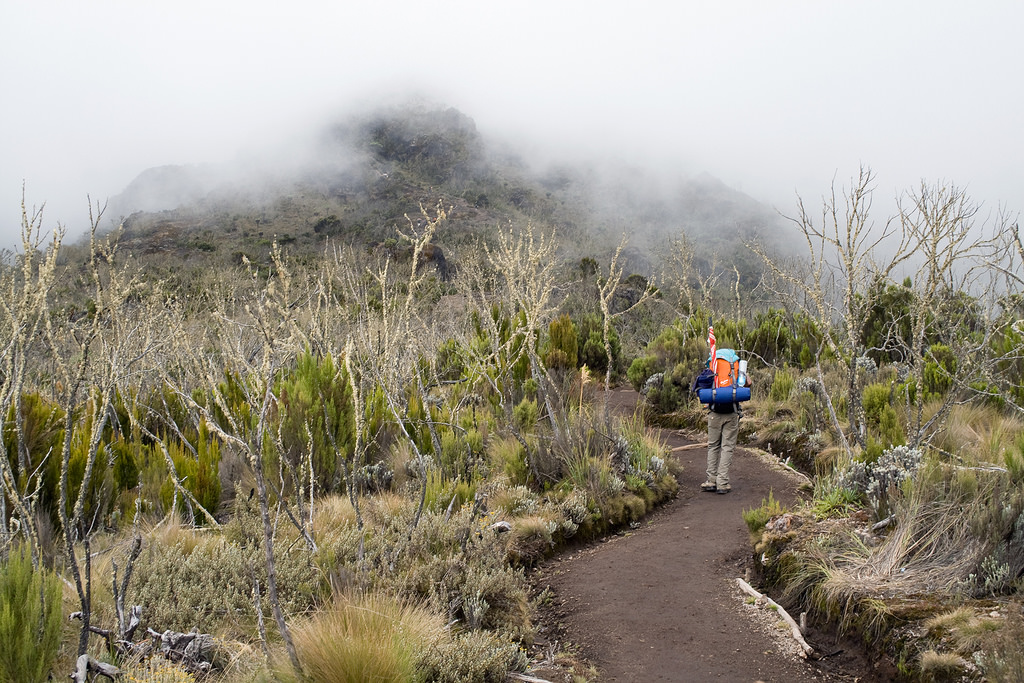
Apparently, the world’s highest free-standing mountain with a height of 5895 meters, the Kilimanjaro in Tanzania, has several routes to climb. These are –
- Machame Route
- Marangu Route
- Lemosho Route
- Rongai Route
- Shira Route
- Northern Circuit
- Umbwe
Each of these routes approaches the peak from different points of the compass.
- The Machame, Marangu and Umbwe route follow a trail that starts from the Southern part of the mountain.
- The Shira, Lemosho and the Northern Circuit routes approach the peak from the west.
- And the Rongai route approaches the peak from the Northern quarter.
Of these, the Machame route is the most frequently opted route for tourists and travelers. That is, a 45% route popularity when compared with another percentage of route popularity. The Machame route also boasts a favorable combination of excellent scenery, high success rates and low foot traffic.
Whether you are going on a solo trek or planning to go with a trekking organization, here are some highlights that you will find on your way to Kilimanjaro via the Machame route.
Kilimanjaro Trek Highlights
In addition, there are several paths that take the traveler through the highest points of adventures in life. Some of the adventures include –
- Walking through the dense forests
- Traversing the ridge leading from moorland to the Shira plateau
- Beautiful scenery underneath the glaciated precipices belonging to the Southern ice fields
- The Barafu Camp
Total Number of Days for Kilimanjaro Trek
The Machame trek to Kilimanjaro is a six-day tour that starts from the Machame Gate. The number of days may however vary from six days to eight days. Talk to your trekking organization with whom you are planning your Kilimanjaro trek and learn more about the number of days your trek will consist of.
Day-by-Day Itinerary of Kilimanjaro Trek
Day 1: Machame Gate to Machame Camp
The distance from Machame Gate to Machame Camp is 11 km/7 miles and will take approximately five to seven hours to reach.
To begin their journey, trekkers will have to arrive at Machame Gate. In order to reach the Gate, you can drive directly from Moshi or Arusha. While it takes one hour to reach the Machame Gate from Moshi, for the latter it will take approximately two hours.
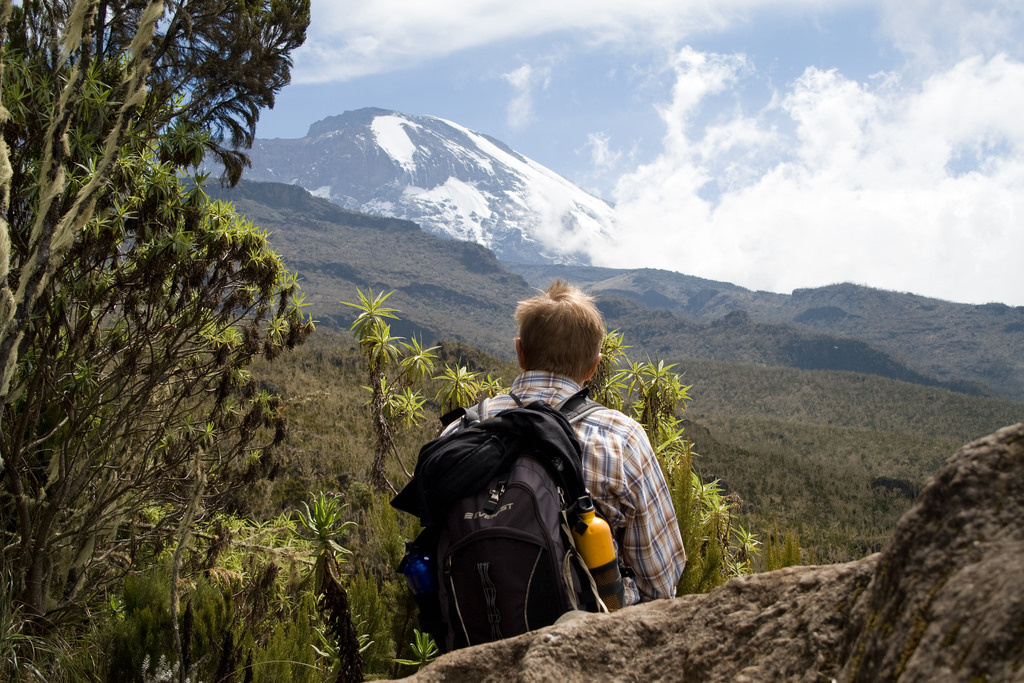
Once you reach the gate, trekkers will continue their journey through the magnificent rainforest covering the South-west part of the mountain. It’s a five to seven hours journey that will end at Machame Camp that sits near the border of the low alpine zone and the rainforest zone.
On reaching the Machame Camp, trekkers can take rest for the night.
Day 2: Machame Camp to Shira Camp 2
The second day will see trekkers getting ready early in the morning and continue their journey. After Machame Camp, their next destination would be to the Shira Camp 2.
This is located in the low alpine zone and has a relatively steep slope. The region is characterized by grasslands and moorlands.
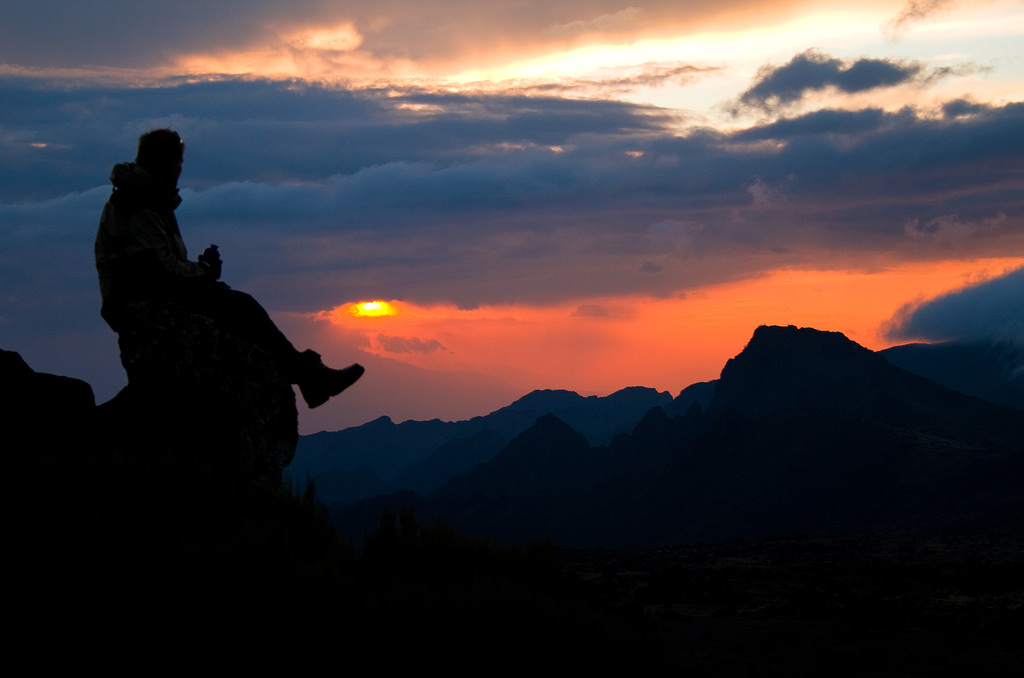
The Shira Camp 2 is located on a plateau from where travelers can get the first glimpses of Mount Meru situated in the East and Kibo in the North-West.
The second-day journey is a four to six-hour long journey and stretches at a distance of 5 km/ 3 miles.
Day 3: Shira Camp 2 – Lava Tower – Barranco Camp
This is an 11km/7 mile long journey and will be tougher than before. The journey will take trekkers towards the East, off the Shira Plateau that will then continue through the ‘Garden of the Scenarios’ before arriving at the Lava Tower. Once they reach the Shark’s tooth rock formation situated at 4,600 metres, trekkers will then have to turn back via the Southern circuit to the Barranco Camp.
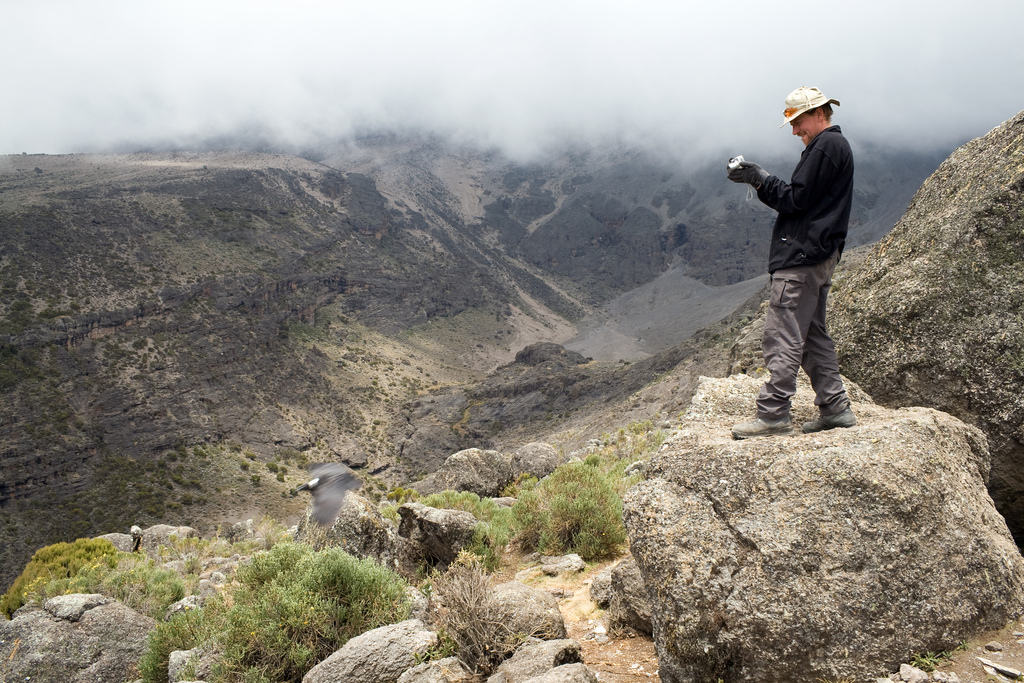
This is the most crucial part of the trek. Trekkers get the chance to climb high and sleep low in order to get their body used to acclimatize.
Day 4: Barranco Camp – Karanga Camp
On the fourth day, trekkers will begin with a steep traverse up the Barranco Wall. It is a 257-meter rock face and requires basic climbing skills in order to reach the top of the Karanga Valley.
The path is then followed by a series of inclines and declines up to the Karanga Camp.
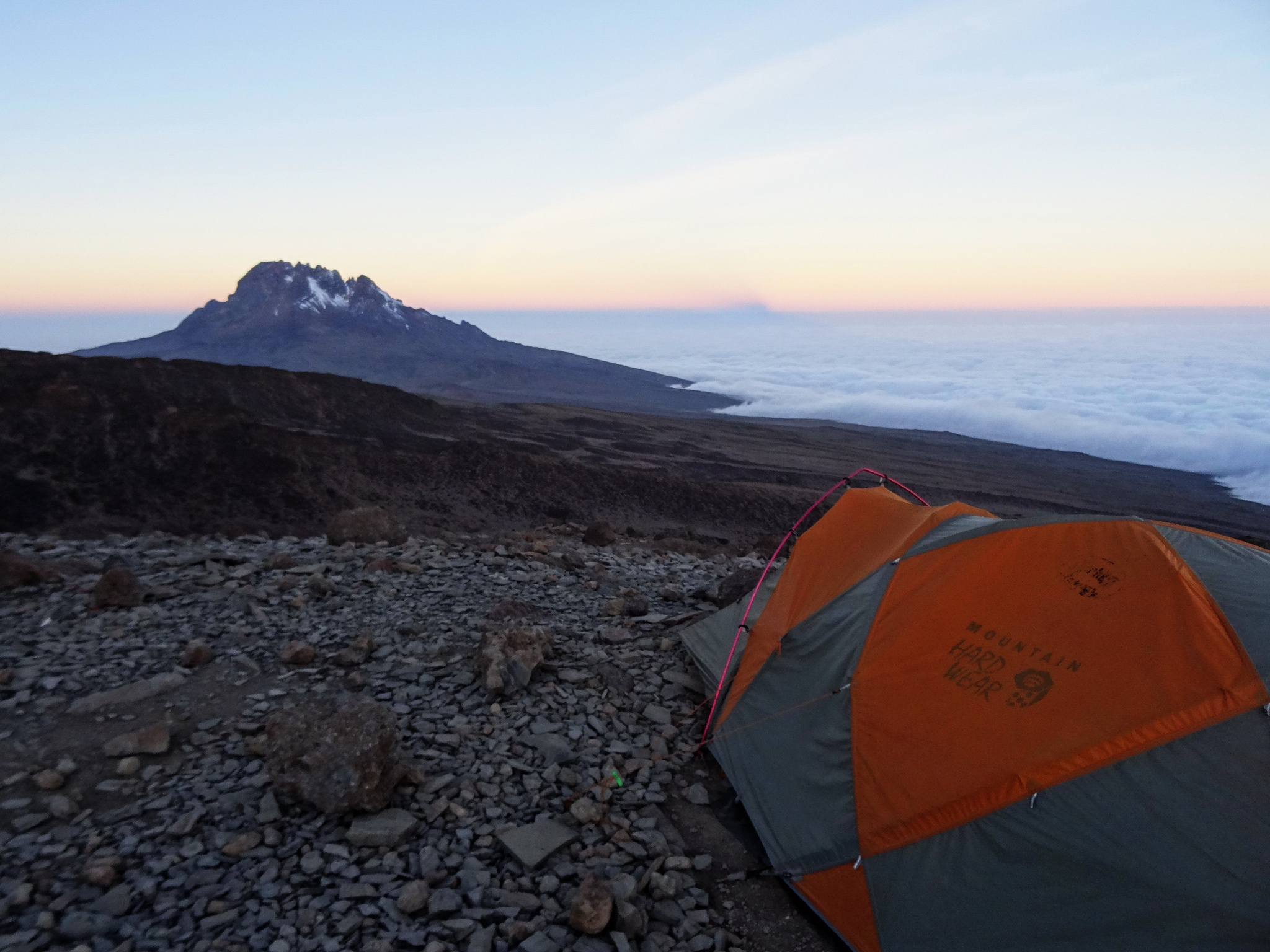
Trekkers who are on a six-day trek will continue their journey along the Southern Circuit and then join the Mweka Trail and then to the Barafu Camp. The Barafu Camp is situated at an altitude of 4,680 meters.
Trekkers who are on a seven-day route would be spending the night at the Karanga Camp before they continue to the Barafu. The additional number of days would be beneficial for the acclimation purpose.
Day 5: Barafu Camp – Uhuru Peak – Mweka Camp
Day five will begin with a summit night and day trek. Travellers will begin their journey up Kibo, which is steep and slow. This crater rim will take about six to eight hours to reach.
Travellers will have to walk another 156 metres of altitude around this crater rim until one reaches the Uhuru Peak. Once you reach the Uhuru Peak, you can rest. Reaching the peak requires some strength and perseverance. This is where many fail to do.
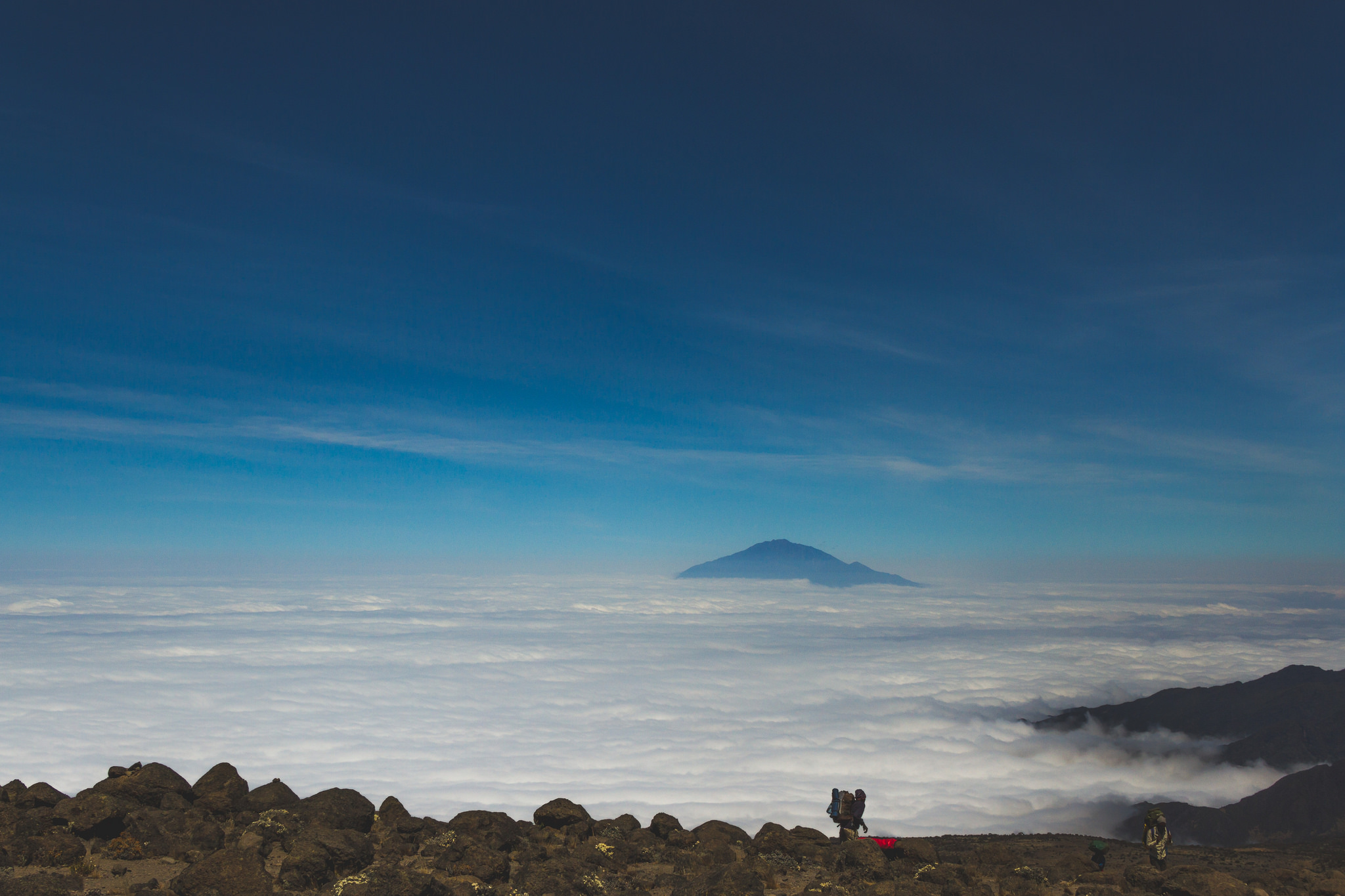
Approximately 60% of the climbers stop at the Stella Point. If at this point you experience severe AMS symptoms, then one should immediately start descending.
After a 4.5 km/3 mile ascent, travelers will reach the Kilimanjaro.
You will have 11 km/7mile to descent to the Mweka Camp.The camp is located in the upper part of the rainforest zone. In case if the descent turns out to be grueling to your joints, then try using trekking poles and gaiters in order to avoid any fine glacial spree from getting into your boots.
Day 6: Mweka Camp to Mweka Gate
This is the final day of trekking on the Machame Route. The trek back is a pleasant journey where travellers are taken through the lower rainforest slopes and continue down to the Mweka Gate.
You will be covering a total distance of 9 km/5.5 miles and will take about three to four hours to reach. It is from here, all trekkers will be transported back to Moshi or Arusha.
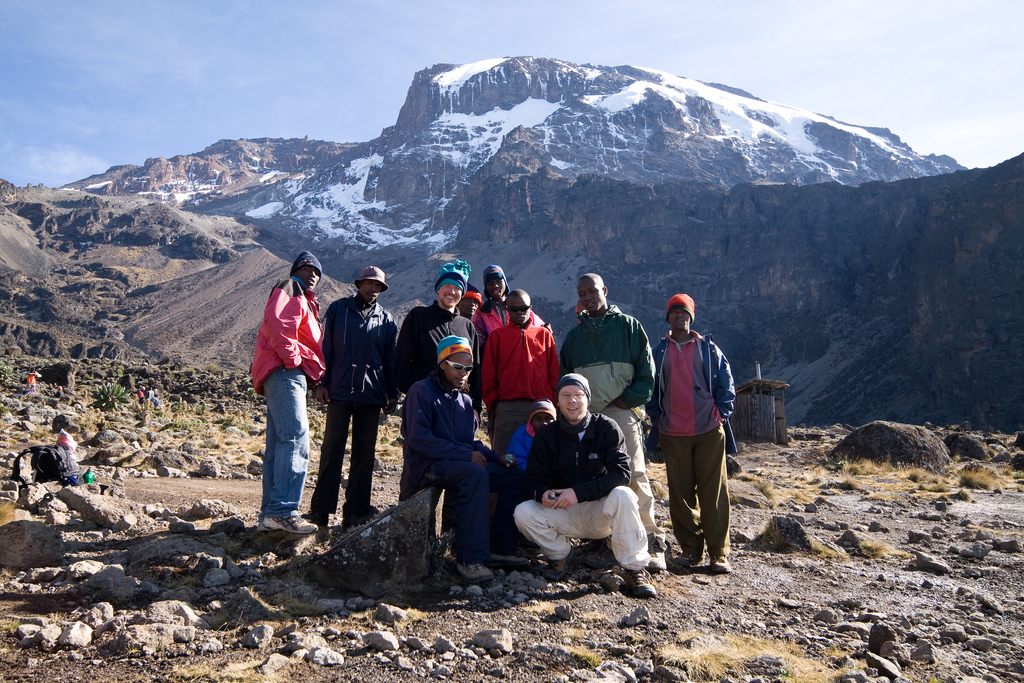
Time to Get Ready!
So what are you waiting for? It’s again one of those times when the distant call of the mountains ring in our ears and we cannot wait to get into our shoes and begin. This time to the Kilimanjaro.
The best part about the Kilimanjaro trek is that you do not require any special mountaineering expertise. However, experience in hiking and long distance trekking would be plus points in this trek.
Featured Image Courtesy: flickr.com/photos/pm56pics


